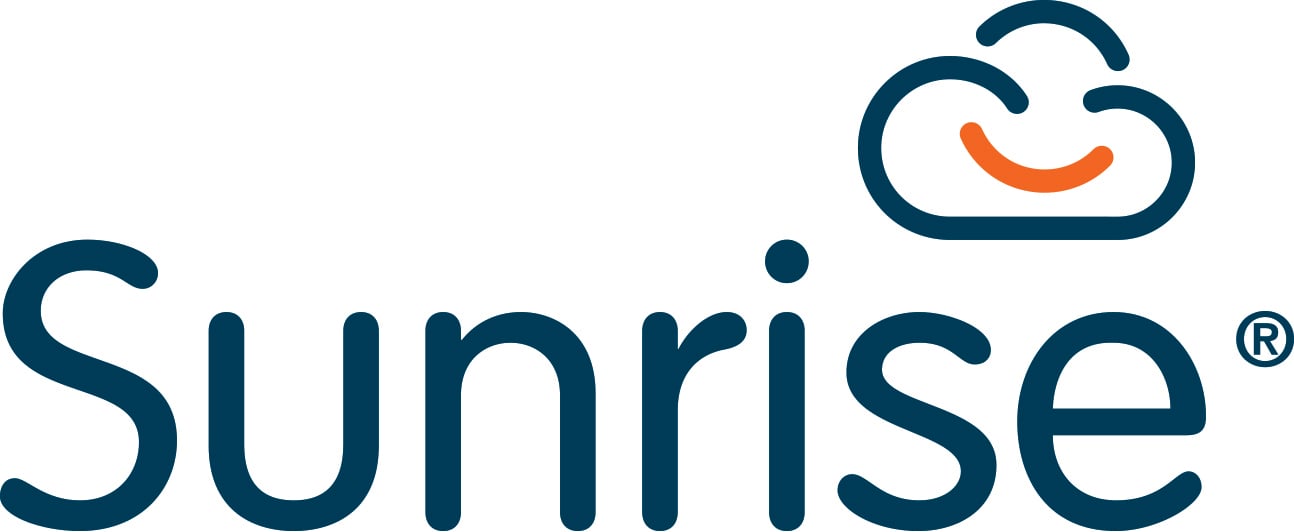The past three decades has seen four major incarnations of the ITIL framework, from its origins in the late 80s, to V4 released in 2019. What’s important in ITIL v4? Each has built on the previous framework, sometimes in very much an evolutionary mode, but with ITIL V4, that evolutionary stance has ...
IT Service Management
What is an ITSM framework?
10 Dec 2024
In the world of IT service management, the term “ITSM framework” is one you’ve probably heard more times than you can count. But what exactly does it mean, and why is it so essential? Far from being just another piece of jargon, an ITSM framework is the backbone of efficient IT operations, offering a structured way to deliver, manage, and continuously improve IT services.
In this blog, we’ll unpack what an ITSM framework is, why it’s indispensable, and how it can elevate your organisation's IT services. Whether you’re looking to enhance service delivery, reduce costs, or align IT with your broader business goals, the right framework offers the roadmap to success. Let’s get started!
What is an ITSM Framework?
In simple terms, an ITSM framework is a structured approach to managing your IT services. It provides the guidelines and best practices that can help your organisation align IT services with business objectives. Think of it as the blueprint for building a reliable IT service management system. Without it, you’re just piecing things together randomly and hoping it works.
There are various frameworks out there, each with its own approach, but they all share the same goal: improving efficiency, service delivery, and customer satisfaction. The most well-known is ITIL (Information Technology Infrastructure Library), but there are others like COBIT, MOF, and ISO/IEC 20000 C, each offering different ingredients to suit your business’s specific needs. Check out this blog to explore the difference between COBIT and ITIL.
Why should you use an ITSM framework?
Wondering if an ITSM framework is worth the effort? While you could manage IT services without one, organisations with complex IT environments often find that a framework transforms chaos into order. Think of it as your IT playbook; it provides structure, consistency, and a clear path to success. Without it, managing IT can feel like assembling flat-pack furniture without the instructions, you might finish eventually, but at what cost? It will take way longer, and the shelf might not hold up when you put anything on it.
Here’s why an ITSM framework is a game-changer:
- Consistency: All processes follow the same standards, reducing errors and confusion.
- Improved efficiency: Automated workflows streamline operations, saving time and resources.
- Alignment with business goals: Your IT and business objectives work in harmony, not at odds.
- Reduced downtime: Fewer incidents and faster recovery mean smoother, more reliable operations.
What are the benefits of ITSM frameworks?
So, you’ve got your ITSM framework in place. What’s in it for you beyond simply "keeping IT in order"? Here’s how it delivers value:
- Enhanced service delivery: Reliable, efficient, and user-friendly services keep things running smoothly. It’s like your favourite coffee shop—always on point with your order, no burnt cappuccinos in sight!
- Cost savings: Optimised resources and streamlined processes cut operational costs.
- Improved user satisfaction: Happy users make for a happy business, thanks to fewer complaints and consistent service quality.
- Compliance and governance: Built-in mechanisms help you stay on top of regulatory requirements effortlessly.
- Increased productivity: Clear workflows and fewer disruptions mean your IT team can focus on high-value tasks instead of putting out fires.
How can ITSM frameworks improve service delivery?
One of the main reasons organisations adopt ITSM frameworks is their ability to improve service delivery. But how do they do that? By providing a systematic approach to managing services, from the moment a user logs a ticket to the point where the issue is resolved.
Here are some practical ways ITSM frameworks help deliver better services:
- Incident management: When something goes wrong, you need a quick and efficient response. An ITSM framework lays out clear processes for dealing with incidents, so they’re handled faster and with fewer hiccups.
- Change management: No one likes sudden changes, especially when they’re not well-managed. A framework ensures that changes to services are implemented smoothly and without unnecessary disruptions.
- Problem management: It’s not just about fixing issues but preventing them from happening again. Frameworks help teams identify the root causes of problems, so you can stop putting out the same fire repeatedly.
What are the components of an ITSM framework?
While there’s some variation depending on the specific framework, most frameworks have the following core elements:
- Processes: These are the steps you follow to deliver services—think incident management, request fulfilment, and problem management.
- Roles: Clearly defined responsibilities ensure that everyone knows their part, from service desk agents to service owners.
- Policies: These are the rules that govern how IT services are delivered, ensuring compliance and standardisation.
- Tools: ITSM frameworks are often supported by software that automates and manages the processes.
It’s like building a house: the processes are the blueprint, the roles are your construction team, the policies are the building regulations, and the tools are the actual hammers and nails.
Choosing the right ITSM framework
With so many frameworks out there, how do you go about choosing the right ITSM framework for your organisation? Here are a few questions to ask:
- What are your business goals?
Different frameworks offer different strengths. For example, if you’re focused on risk management and governance, COBIT might be the best fit. If you want something with a broad scope that covers the entire IT lifecycle, ITIL could be your go-to.
- What is your organisation’s size?
Smaller businesses might find a lighter framework like MOF sufficient, while larger enterprises might benefit from the more comprehensive ITIL.
- Do you need certification?
Some frameworks, like ISO/IEC 20000, come with certification options that might be important for meeting industry standards.
How ITSM frameworks support continuous improvement
The great thing about ITSM frameworks is that they’re not static. They’re designed to support continuous improvement. Through regular reviews and updates, organisations can continually refine their IT processes to deliver even better services.
In frameworks like ITIL, this is known as the Continual Service Improvement (CSI) process. By analysing what’s working and what’s not, teams can make data-driven decisions that lead to gradual but steady improvements over time.
Successfully implementing an ITSM framework requires sticking to a few best practices. Clear documentation ensures consistency, proper training gets your team up to speed, and tracking performance with metrics keeps everything running smoothly. Most importantly, remember that IT never stands still and neither should your framework. Adapting and evolving are key to long-term success.
For more insights on how to bring an ITSM framework to life in your organisation, take a look at Sunrise’s IT Service Management solutions.
Related Posts
IT Service Management
Choosing new software for your council’s service desk can feel a bit like skipping stones on a pond. The first decision you make sends ripples outward, affecting not only your immediate operations but also the long-term efficiency of your service desk, staff satisfaction, and the quality of services...
.png)


